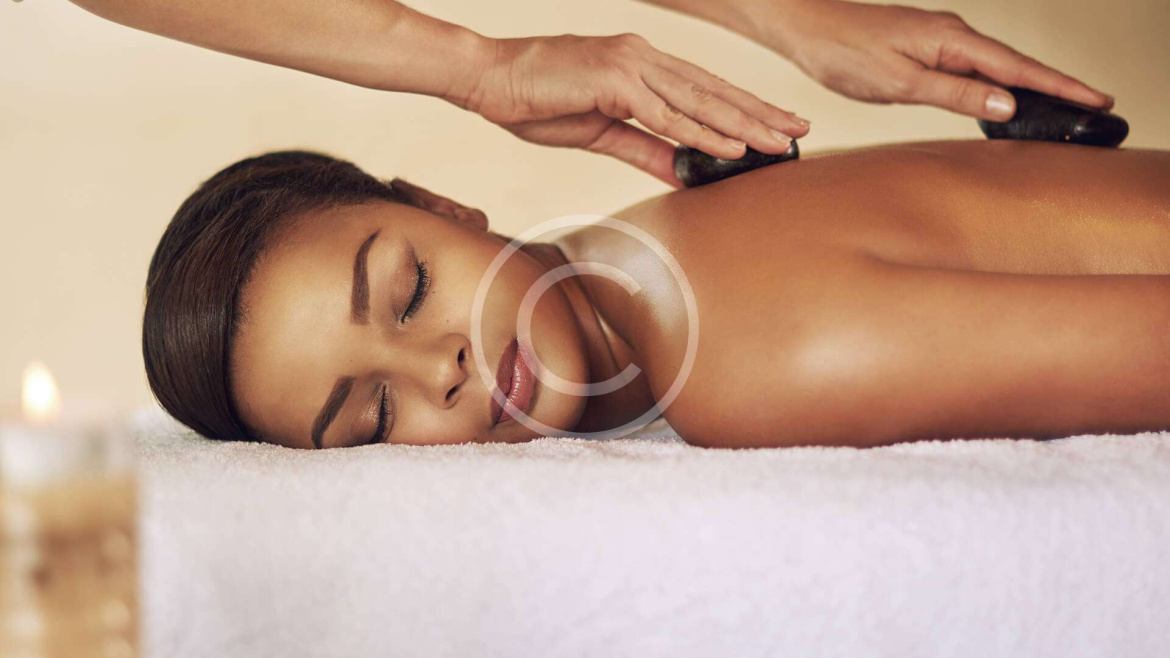Abhyangam, also spelled Abhyanga , is a traditional Ayurvedic massage therapy originating from
India. In Sanskrit, “Abhyangam” means “oil massage.” It involves the application of warm herbal
oils to the entire body, followed by a rhythmic massage with specific techniques. Abhyangam is
considered an integral part of Ayurvedic healing and wellness practices, aimed at balancing the
body, mind, and spirit.
Key Features of Abhyangam:
Oil Selection: Various oils may be used, including sesame oil, coconut oil, and herbal-infused oils,
chosen based on individual constitution (dosha) and specific health needs.
Warmth: The oil is gently warmed before application to enhance its therapeutic effects and promote
relaxation.
Techniques: The massage involves long, flowing strokes along the muscles and joints, often applied
in the direction of blood flow and lymphatic circulation.
Marma Points: Therapists may focus on specific energy points called “marma points,” believed to
be vital for overall health and well-being.
Customization: Abhyangam sessions can be tailored to address specific health concerns, such as
stress relief, muscle tension, or detoxification.
Benefits of Abhyangam:
Promotes Relaxation: The soothing massage strokes and warm oil help calm the nervous system,
reduce stress, and induce a sense of tranquility.
Improves Circulation: Abhyangam enhances blood circulation and lymphatic drainage, aiding in the
removal of toxins from the body and promoting overall vitality.
Nourishes the Skin: The herbal oils used in Abhyangam moisturize and rejuvenate the skin, leaving
it soft, supple, and radiant.
Balances Doshas: Ayurveda teaches that Abhyangam helps balance the three doshas (Vata, Pitta,
Kapha), restoring harmony and promoting optimal health.
Supports Overall Wellness: Regular practice of Abhyangam is believed to support immune function,
improve sleep quality, and enhance overall well-being.
Procedure:
Preparation: The massage therapist warms the oil and prepares the treatment space for relaxation.
Application: The warm oil is applied generously to the entire body, starting from the scalp and
working down to the feet.
Massage: Using gentle yet firm strokes, the therapist massages the body, paying attention to areas of
tension and stiffness
Rest: After the massage, the recipient rests for a period to allow the oils to penetrate the skin and
provide maximum benefit.
Cleanup: The excess oil is typically removed with a warm towel or followed by a warm bath or
shower.
Conclusion:
Abhyangam is more than just a physical massage; it is a deeply therapeutic and rejuvenating
experience that promotes holistic wellness. Whether used for relaxation, stress relief, or overall
health maintenance, Abhyangam offers a natural and time-tested approach to self-care and healing
in the Ayurvedic tradition.

